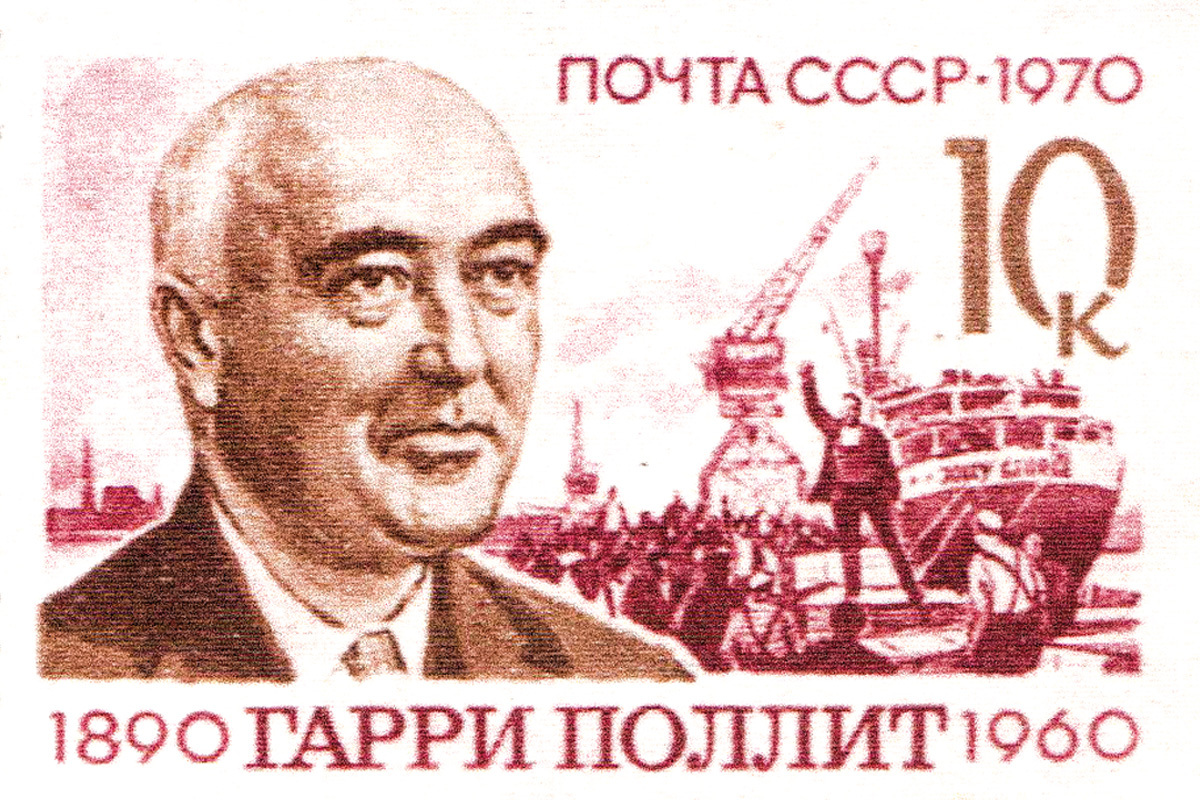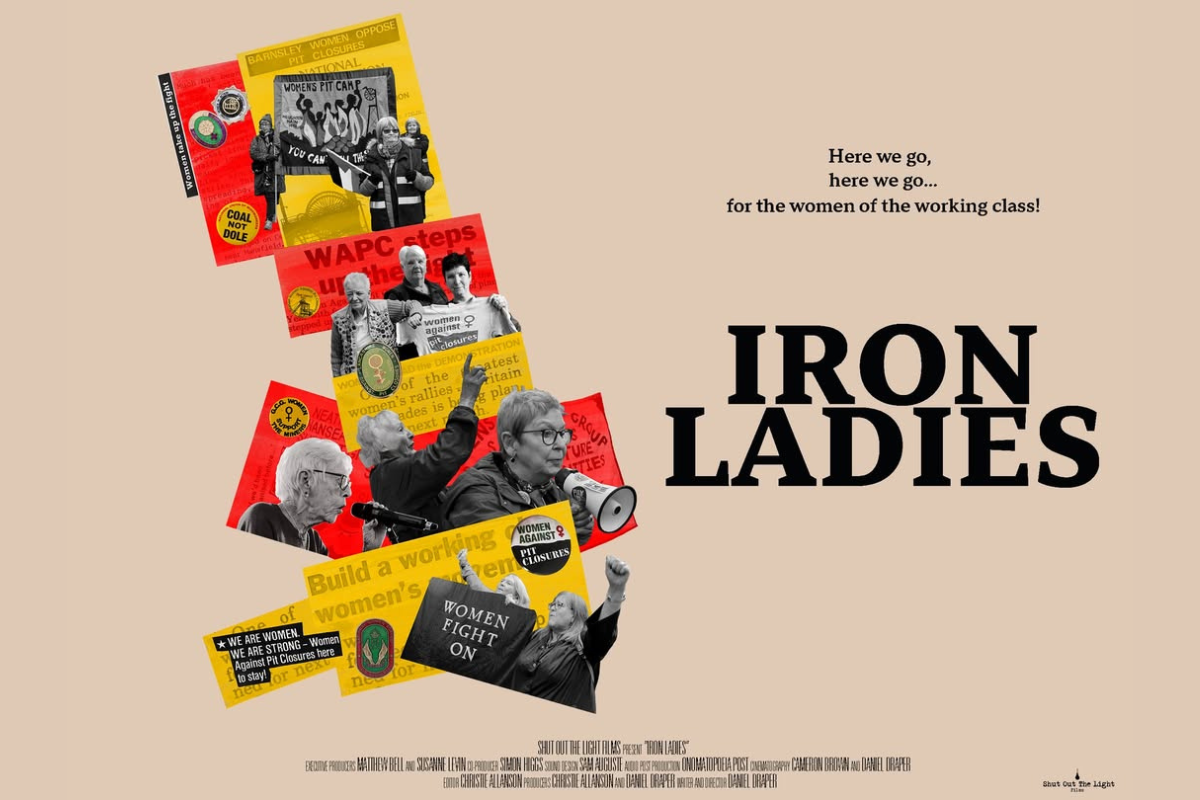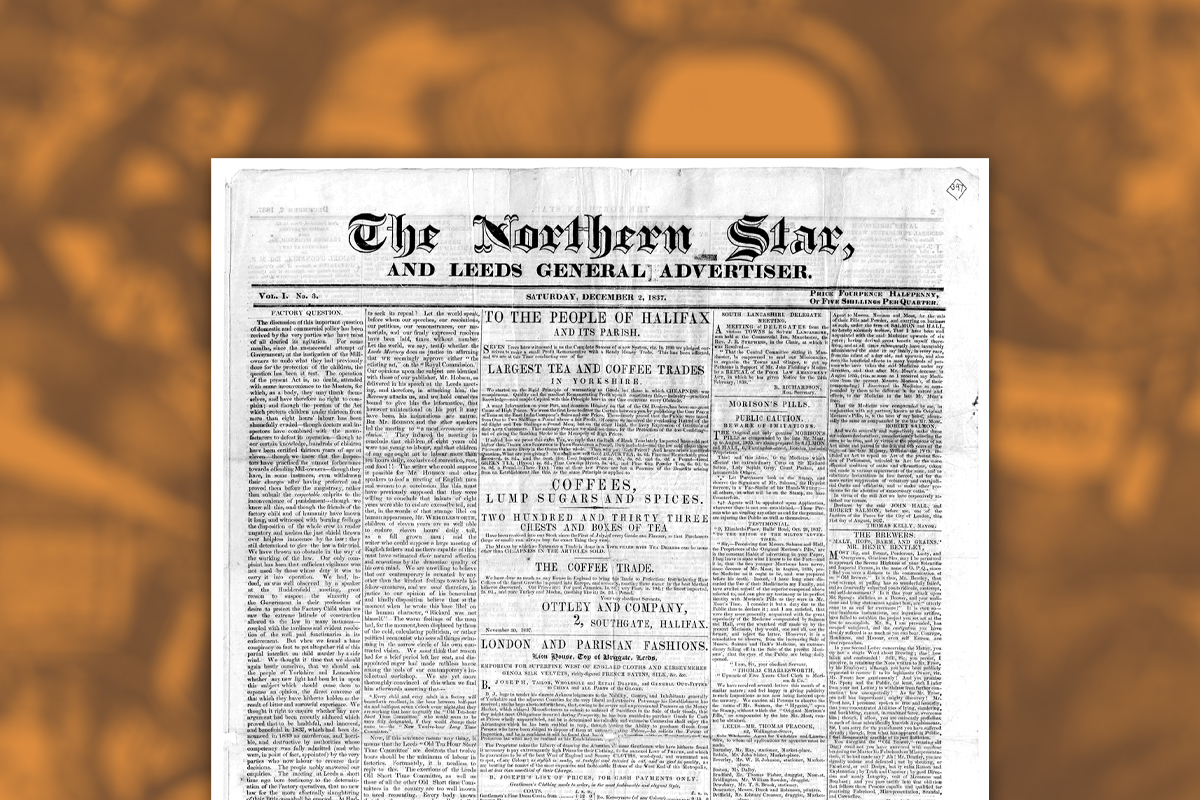Steve Jones continues his series on the history of the right wing in the Labour Party by exploring the rise of New Labour and its key architects: Blair, Brown, and Mandelson. All along the way, Blair and his political allies were pushed on by the Establishment, who wanted a reliable 2nd XI to replace the discredited Tories.
Steve Jones continues his series on the history of the right wing in the Labour Party by exploring the rise of New Labour and its key architects: Blair, Brown, and Mandelson. All along the way, Blair and his political allies were pushed on by the Establishment, who wanted a reliable 2nd XI to replace the discredited Tories.
Read parts one, two, and three.
The sudden death of Labour leader John Smith early on 12th May 1994 came as a shock to many. However, this did not stop a massive establishment spin operation from getting underway within just a few hours of the mid-morning news announcement. Its purpose was simple: to present Tony Blair as being “the only possible choice” as the next leader. Press cronies and ambitious MPs had been talking up Blair for some time now and clearly they felt that this was his best chance to grab the position without further delay.
So blatant was the campaigning for Blair that even Thatcher, when door-stepped at lunchtime by journalists about the forthcoming contest, felt obliged to remind the press that a man had just died. This naked lust for power by Tony Blair and the so-called “modernisers” who would later form the core of New Labour summed up everything you could later say about the Blair years.
Compared to the detailed interrogation by the press that accompanied Corbyn’s leadership campaigns, the Blair campaign of 1994 was treated as a virtual coronation by the establishment, and with minimal opposition (not to mention considerable financial support) Blair was duly elected as leader albeit with 57% of the vote.
Politics and plotting
In any serious assessment of Blair and the New Labour years it is necessary to concentrate on the politics and the shift towards neoliberalism on the part of the party leadership, both in opposition and then in office.
However, as outlined in previous articles in this series on Labour’s hidden history, there is value also in looking at the organisational aspects of Labour’s right wing over the years. These people are the first to complain about attempts by the Left to organise. Yet the right wing have a long and dishonourable history of plotting, fixing, fiddling and otherwise manoeuvring within the movement to get what they want by fair or (more often than not) foul means.
Lewis Minkin’s book on Blairism and the Party, The Blair Supremacy (Manchester University Press, 2014), is both the most recent and the most detailed study of this period. According to Minkin, the New Labour project (as they called it) was driven by a “group of three – Blair, (Gordon) Brown, and (Peter) Mandelson – plus Alistair Campbell and Philip Gould…their greatest unity was in the negative appraisal of the party including and particularly its affiliated unions and its associated collective body – the TUC.” (page 117)
The task for the Blairites was to take immediate control of the Labour Party machine and reshape it from top to bottom. As Minkin observes “… the takeover of the party by this small majority was quietly and sometimes boastfully acknowledged to be a coup d’etat over the party.” (page 118)
All power was to be concentrated in the Leader’s office and Blair would now decide who occupied senior party positions as part of what Minkin correctly called “…a comprehensive interlocking managerial machine operating under the guidance of the leader’s office and headquarters…there was an unprecedented build-up of the role of leader, not least in its dismantling of checks and balances which limited his role…” (page 136). Organisationally, the first person to get the boot was Party general secretary Larry Whitty, with five successors coming and going over the next 12 years under Blair.
Political re-alignment
 Blair became obsessed with the idea of a new political re-alignment with the Lib-Dems as part of the process of forming a “new progressive alliance” along pro-capitalist lines. Naturally the logic behind this was the usual right-wing one of the so-called decline of the “traditional working class” as against the rising numbers of middle and even upper classes.
Blair became obsessed with the idea of a new political re-alignment with the Lib-Dems as part of the process of forming a “new progressive alliance” along pro-capitalist lines. Naturally the logic behind this was the usual right-wing one of the so-called decline of the “traditional working class” as against the rising numbers of middle and even upper classes.
This is an analysis which has no basis in fact, but is still being used today by the Labour Right to attack Corbyn. For good measure, Blair also ordered closer links with big business and the City of London – an extension of the “prawn cocktail offensive” of 1992 which in the end had proved pretty ineffectual in garnering votes.
Blair knew that the first and most critical task was to shift the Parliamentary Labour Party to his way of thinking. Given the tendency towards careerism inside the PLP this would not be difficult.
However, Blair wanted people he could trust and who he knew; who had gone to the same schools and universities and were linked together as part of a shared network. Indeed, the opportunist swamp of student politics would provide a ready source of people keen on career in Westminster, who allegiance would depend merely on which party or leader was on the up.
Blairite hypocrisy
Over the next two decades this process would be put into effect with a vengeance, both in parliamentary candidate selections and the appointment of senior party positions.
The right-wing campaigning structures also had an overhaul, with Progress being formed in 1994 as a well-funded Blairite fan club.
For good measure SDP traitors were encouraged to re-join the party. In contrast to today’s purge of the Left from the Labour Party, no attempts were made here by Labour bureaucrats or “Compliance Units” to stop these people from joining or re-joining because of past misdeeds. Later, even Tories would be allowed to cross right over if it suited Blair. Again, we see clearly how there is also one rule for the Right and another for the rest of us.
Blairite backers like Mandelson and Roger Liddle, in their now hilarious book The Blair Revolution (Faber and Faber 1996), made every effort to present Labour under Blair as a “new, modern” party, like the SDP but with a “more rounded” approach – but still pro-capitalist in reality.
However, the establishment – which understood the class forces and their relationship to the Labour movement better than the likes of Blair, Mandelson and Liddle did – still needed convincing that Blair was serious about creating a new party, far more sympathetic to big business. Blair needed a symbol of his fealty to the establishment – and he found it with the campaign to ditch Clause IV.





